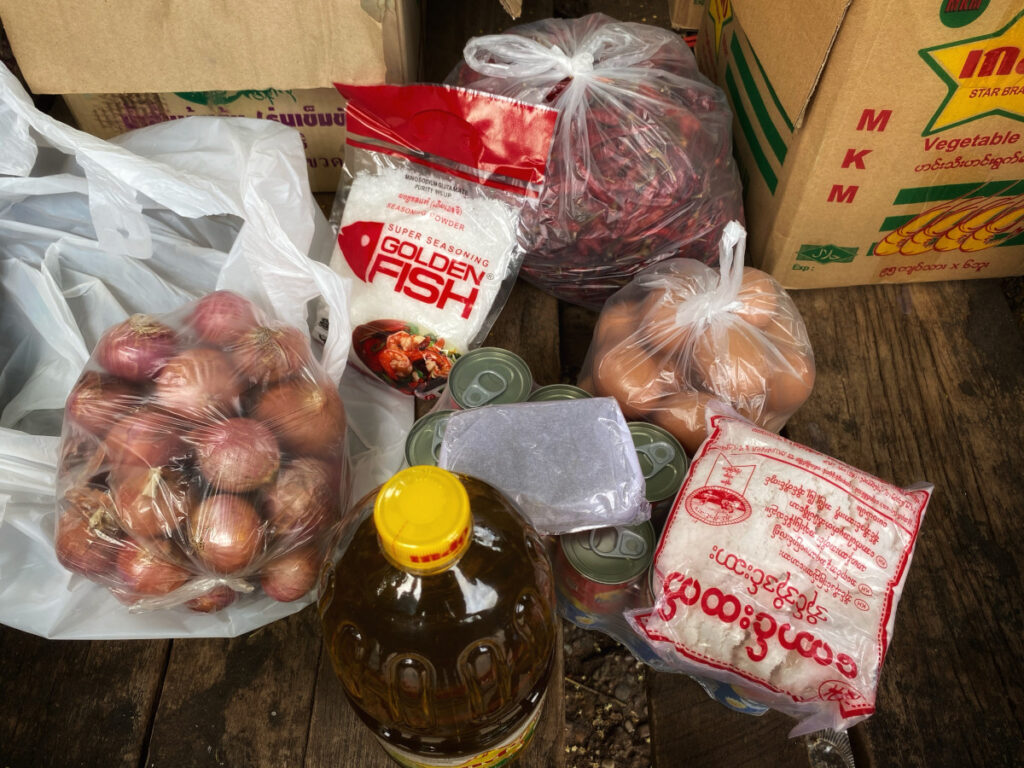
The call for looking at taxonomies of difference in global humanitarianism is a powerful reminder to consider how differences—as well as, we argue, affinities—shape humanitarian practices. Prompted by research with people displaced by violent conflict in the Myanmar borderlands near Thailand, we propose alternative perspectives. First, we suggest that the lens of ‘taxonomies of difference’ can be applied productively to humanitarianism itself. Beyond invoking a singular global humanitarianism, we are calling attention to what is often presented as an un-questioned standard. This is humanitarianism in its highly institutionalised form, often led by organisations from the Global North. This version of humanitarianism offers insights on how taxonomies such as of race, whiteness and more specifically antiblackness, materialise. While such inquiries are overdue, here we suggest that taxonomies of humanitarianisms which forefront such singular form, deserve questioning themselves.
Based on the findings from a larger research project specifically engaging with displacement-affected communities in Myanmar, it emerged that in geographical areas that were harder to reach for international organisations, for practical and political reasons, or where these had recently vacated a humanitarian space, a range of other humanitarian practices became visible. These include locally based civil society groups who step in to support internally displaced people (IDPs) through fundraising, donations, and providing emergency supplies. More broadly, it became clear that due to decades-long conflict, in several locations there were groups of people who had been displaced in earlier periods who were now, to some extent, providing short-term as well as longer-term resources to others including land, or setting up education centres for children and young people. There was thus not necessarily a clear division between those who were considered settled and those who were displaced. At the same time, there was not a hard line between beneficiaries or recipients on the one hand, and those supplying short-term aid on the other. While not all those who experienced displacement in the past support others, there is a fluidity between having been in need oneself, and, once in a more stable position, donating resources to new arrivals. One might understand such practices as vernacular, local, or everyday humanitarianism (Fechter, 2023). Irrespective of nomenclature, they unsettle a taxonomy of humanitarianism which centres the global North-dominated as a default form.
Such vernacular or everyday forms, beyond their ethnographic or empirical significance, hold the possibility of revisiting which taxonomies of difference matter in other humanitarianisms. As outlined in the other contributions, taxonomies centred on anti-Blackness, for example, define categories of exclusion, in stark contrast to what is sometimes presented as the impartiality and all-encompassing ‘humanity’ of global humanitarianism. Among displaced communities, we found that taxonomies of difference certainly matter. This can be in terms of ethnic as well as faith groups. The latter can constitute axes of exclusion, as in the case of one resettlement site which strongly favoured Buddhist faith groups, as opposed to Muslim ones. At the same time, some of these also create of grounds for inclusion. Indeed, a strong driver for humanitarian activity and resource-sharing evolved around taxonomies of affinity, perceived or constructed similarity, and shared biographies. For example, among ethnic Karen groups, Christian church networks, within Myanmar, across the border with Thailand, and further afield, became a significant source of donations. This was especially prominent during festive periods such as Christmas, or Karen New Year. Further, sharing food and resources among displaced people of common geographical origin mattered, as well as on grounds of shared ethnicity. The latter was formalised through ethnic armed organisations, their social welfare units and humanitarian efforts—aimed at, but not exclusively so, fellow ethnic community members. Similarly, substantial humanitarian support is being raised and facilitated through well-documented diaspora networks.
In sum, thinking through taxonomies of difference offers a much-needed opportunity to consider what shapes humanitarian practices, acknowledging that such re-assessment includes taxonomies of humanitarianism itself, as well as how people select, ignore, include or support others according to matrices of difference as well as affinity.
Anne-Meike Fechter is Professor of Anthropology and International Development in the School of Global Studies, University of Sussex, UK. She currently works on informal aid among displaced people in Myanmar. Her most recent book is Everyday Humanitarianism in Cambodia (Manchester University Press, 2023).
Eileen May is a research fellow at the Covenant Development Institute in Myanmar and is a PhD student in Human Rights and Peace Studies at Mahidol University in Thailand.
References
Fechter, A.-M. 2023. Everyday Humanitarianism in Cambodia: Challenging Scales and Making Relations. Manchester: Manchester University Press.
Cite as: Fechter, Anne-Meike & May, Eileen 2024. “Taxonomies of Difference and Inclusion: Notes From ‘Other’ Humanitarianisms” Focaalblog 28 October. https://www.focaalblog.com/2024/10/28/anne-meike-fechter-and-eileen-may-taxonomies-of-difference-and-inclusion-notes-from-other-humanitarianisms/
Discover more from FocaalBlog
Subscribe to get the latest posts sent to your email.